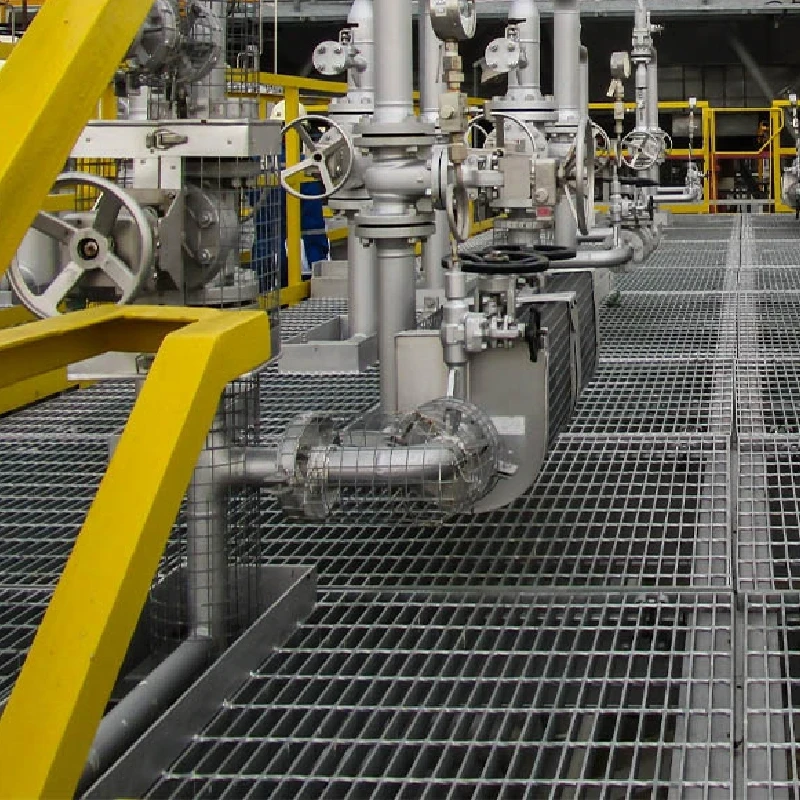- Industrial zone, South of Anping Town, Hengshui, Hebei, China.
- sales@hfpetromesh.com
- +86-18931809706
 Afrikaans
Afrikaans  Albanian
Albanian  Amharic
Amharic  Arabic
Arabic  Armenian
Armenian  Azerbaijani
Azerbaijani  Basque
Basque  Belarusian
Belarusian  Bengali
Bengali  Bosnian
Bosnian  Bulgarian
Bulgarian  Catalan
Catalan  Cebuano
Cebuano  Corsican
Corsican  Croatian
Croatian  Czech
Czech  Danish
Danish  Dutch
Dutch  English
English  Esperanto
Esperanto  Estonian
Estonian  Finnish
Finnish  French
French  Frisian
Frisian  Galician
Galician  Georgian
Georgian  German
German  Greek
Greek  Gujarati
Gujarati  Haitian Creole
Haitian Creole  hausa
hausa  hawaiian
hawaiian  Hebrew
Hebrew  Hindi
Hindi  Miao
Miao  Hungarian
Hungarian  Icelandic
Icelandic  igbo
igbo  Indonesian
Indonesian  irish
irish  Italian
Italian  Japanese
Japanese  Javanese
Javanese  Kannada
Kannada  kazakh
kazakh  Khmer
Khmer  Rwandese
Rwandese  Korean
Korean  Kurdish
Kurdish  Kyrgyz
Kyrgyz  Lao
Lao  Latin
Latin  Latvian
Latvian  Lithuanian
Lithuanian  Luxembourgish
Luxembourgish  Macedonian
Macedonian  Malgashi
Malgashi  Malay
Malay  Malayalam
Malayalam  Maltese
Maltese  Maori
Maori  Marathi
Marathi  Mongolian
Mongolian  Myanmar
Myanmar  Nepali
Nepali  Norwegian
Norwegian  Norwegian
Norwegian  Occitan
Occitan  Pashto
Pashto  Persian
Persian  Polish
Polish  Portuguese
Portuguese  Punjabi
Punjabi  Romanian
Romanian  Russian
Russian  Samoan
Samoan  Scottish Gaelic
Scottish Gaelic  Serbian
Serbian  Sesotho
Sesotho  Shona
Shona  Sindhi
Sindhi  Sinhala
Sinhala  Slovak
Slovak  Slovenian
Slovenian  Somali
Somali  Spanish
Spanish  Sundanese
Sundanese  Swahili
Swahili  Swedish
Swedish  Tagalog
Tagalog  Tajik
Tajik  Tamil
Tamil  Tatar
Tatar  Telugu
Telugu  Thai
Thai  Turkish
Turkish  Turkmen
Turkmen  Ukrainian
Ukrainian  Urdu
Urdu  Uighur
Uighur  Uzbek
Uzbek  Vietnamese
Vietnamese  Welsh
Welsh  Bantu
Bantu  Yiddish
Yiddish  Yoruba
Yoruba  Zulu
Zulu
- Afrikaans
- Albanian
- Amharic
- Arabic
- Armenian
- Azerbaijani
- Basque
- Belarusian
- Bengali
- Bosnian
- Bulgarian
- Catalan
- Cebuano
- Corsican
- Croatian
- Czech
- Danish
- Dutch
- English
- Esperanto
- Estonian
- Finnish
- French
- Frisian
- Galician
- Georgian
- German
- Greek
- Gujarati
- Haitian Creole
- hausa
- hawaiian
- Hebrew
- Hindi
- Miao
- Hungarian
- Icelandic
- igbo
- Indonesian
- irish
- Italian
- Japanese
- Javanese
- Kannada
- kazakh
- Khmer
- Rwandese
- Korean
- Kurdish
- Kyrgyz
- Lao
- Latin
- Latvian
- Lithuanian
- Luxembourgish
- Macedonian
- Malgashi
- Malay
- Malayalam
- Maltese
- Maori
- Marathi
- Mongolian
- Myanmar
- Nepali
- Norwegian
- Norwegian
- Occitan
- Pashto
- Persian
- Polish
- Portuguese
- Punjabi
- Romanian
- Russian
- Samoan
- Scottish Gaelic
- Serbian
- Sesotho
- Shona
- Sindhi
- Sinhala
- Slovak
- Slovenian
- Somali
- Spanish
- Sundanese
- Swahili
- Swedish
- Tagalog
- Tajik
- Tamil
- Tatar
- Telugu
- Thai
- Turkish
- Turkmen
- Ukrainian
- Urdu
- Uighur
- Uzbek
- Vietnamese
- Welsh
- Bantu
- Yiddish
- Yoruba
- Zulu
grating galvanized
Understanding Grating Galvanized Steel An In-Depth Overview
Grating galvanized steel is a crucial material in various industrial and architectural applications around the globe. Often used in walkways, platforms, and drainage covers, galvanized steel grating combines strength, durability, and versatility. This article will explore the process of galvanization, the benefits of using galvanized steel grating, its applications, and the factors to consider when selecting this type of grating.
Galvanization is a process that involves coating steel or iron with a layer of zinc to protect it from corrosion. This protective coating is typically achieved through hot-dip galvanization, where the steel grating is immersed in molten zinc. The result is a durable barrier that prevents corrosion from moisture, chemicals, and environmental factors. The galvanizing process ensures that even the smallest crevices of the steel are coated, offering long-lasting protection against rust and degradation.
Understanding Grating Galvanized Steel An In-Depth Overview
The versatility of galvanized steel grating cannot be overstated. It is available in a variety of shapes, sizes, and configurations to meet the specific needs of different applications. Common types of grating include welded grating, riveted grating, and press-locked grating. Each of these types serves distinct purposes, whether it be for providing structural support, allowing light and air circulation, or facilitating drainage.
grating galvanized

Galvanized steel grating finds its applications in numerous fields. In construction, it is used for flooring, stair treads, and safety barriers. In the waste management sector, it is often utilized in drainage systems to allow for effective water flow while preventing debris from clogging. It is also widely used in various industries, including petrochemical, food processing, and pharmaceuticals, due to its resistance to diverse chemical environments.
When selecting galvanized steel grating for a project, several factors must be considered. First and foremost is the selection of the appropriate grating type based on load requirements and environmental conditions. Understanding the specific needs of the application, including the type and weight of foot traffic or machinery that will be present, is essential to ensure safety and longevity. Additionally, the spacing and dimensions of the grating bars should be evaluated to meet relevant safety standards.
Cost is another critical consideration. While galvanized steel grating may have a higher initial cost compared to non-galvanized options, its longevity and reduced maintenance requirements make it a cost-effective choice in the long run. Investing in quality galvanized grating can lead to savings on repairs and replacements over time.
In summary, grating galvanized steel is a vital material that offers a combination of durability, versatility, and long-term cost-effectiveness. Its robust nature makes it suitable for a wide range of applications, from industrial settings to residential projects, ensuring safety and functionality. By understanding the galvanization process and the key factors in selecting the right grating, businesses and builders can make informed decisions that enhance the performance and reliability of their structures.
-
Welded Steel Bar Grating: The Rugged Industrial Flooring Solution Built for Load and LongevityNewsJun.24,2025
-
Steel Walkway Grating: Reliable, Resilient, and Built for Every StepNewsJun.24,2025
-
Shale Shaker Screen for Sale: Optimize Drilling Efficiency with Precision Screening PowerNewsJun.24,2025
-
Shaker Screen for Sale: Elevate Your Drilling Efficiency with Durable Separation SolutionsNewsJun.24,2025
-
Press Locked Steel Grating: Industrial Strength with Precision Fit for Heavy-Duty ApplicationsNewsJun.24,2025
-
Perimeter Safety Netting: The Critical Safety Upgrade for Every HelipadNewsJun.24,2025